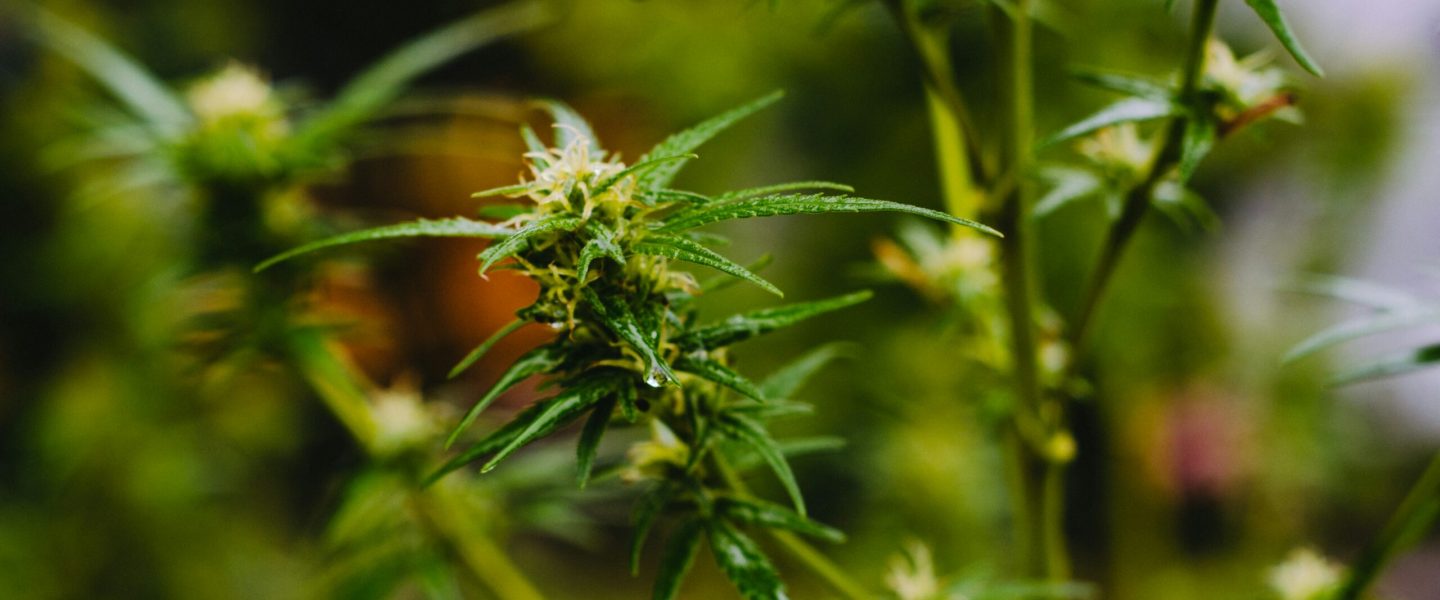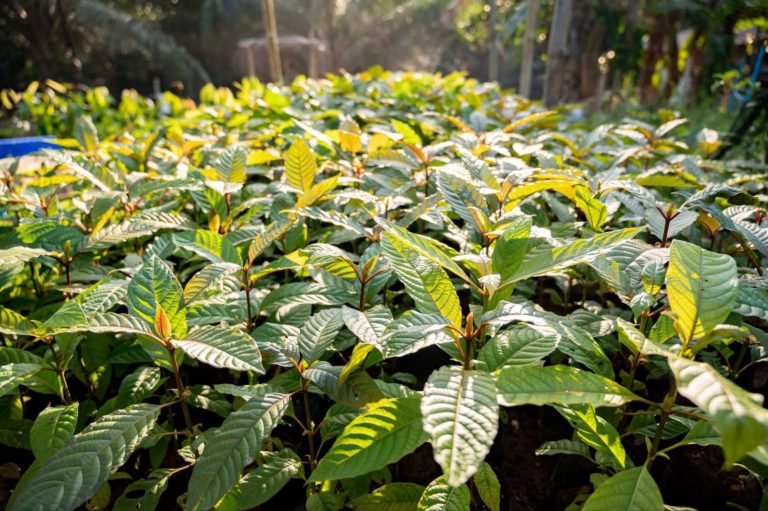One of the most challenging aspects of cannabis consumption is determining how specific strains will affect each individual. This is largely because everyone’s endocannabinoid system is unique, leading to varying interactions with cannabis. For instance, one strain might induce drowsiness in one person while sparking creativity in another.
Traditionally, cannabis consumers classified strains based on whether they were Indica or Sativa. Indica-dominant strains were believed to produce relaxing, sedative effects, while Sativa-dominant strains were thought to be energizing and stimulating. However, recent research suggests that this approach oversimplifies the picture. It’s now known that the chemical compounds called terpenes play a significant role in determining the effects of a cannabis strain.
The Science of Terpenes
Recent scientific discoveries have shown that the effects of a cannabis strain are closely linked to its unique cannabinoid and terpene profiles, rather than just its Indica or Sativa classification. While Indica and Sativa classifications relate to a plant’s physical characteristics, they don’t necessarily indicate the chemical profile or effects a strain will produce. Terpenes, along with cannabinoids, influence whether a high will be relaxing or invigorating. This is known as the Entourage Effect, where terpenes modulate and enhance the impact of cannabinoids like THC and CBD.
Terpenes are aromatic compounds that occur in many plants, not just cannabis. They are responsible for the distinct aromas of plants such as lavender, pine, and citrus fruits (source). In nature, terpenes often protect plants from threats like pests and pathogens. Cannabis plants contain particularly high concentrations of terpenes, contributing to their potent scents and effects on the body.
Terpenes vs. Cannabinoids
While terpenes and cannabinoids both play a role in how cannabis interacts with the human body, they function differently. Cannabinoids, such as THC (tetrahydrocannabinol) and CBD (cannabidiol), are chemical compounds that interact directly with the body’s endocannabinoid system, producing the “high” or therapeutic effects cannabis is known for (source). Terpenes, however, are absorbed and processed in different ways by the body but are believed to enhance or alter the effects of cannabinoids.
Although there are over 100 different terpenes present in cannabis, scientists have primarily studied a few key terpenes. These terpenes are often present in many common plants, as well as in cannabis.
Common Terpenes and Their Effects
Here are some of the most widely studied terpenes found in cannabis:
Limonene
Limonene, as its name suggests, is abundant in citrus fruits like lemons and oranges. It gives these fruits their distinct citrusy aroma and is known for its uplifting effects
Pinene
Pinene is one of the most common terpenes found in nature and can be found in pine needles, rosemary, and basil. There are two forms: a-pinene and b-pinene. Pinene has a refreshing, bright scent and may help improve focus and alertness
Linalool
Linalool is the terpene responsible for the calming scent of lavender. It is widely used in aromatherapy for its stress-relieving properties and may promote relaxation in cannabis strains containing this compound.
Myrcene
Myrcene is one of the most prevalent terpenes in cannabis and can also be found in plants like hops and lemongrass. It has a musky, earthy aroma and is known for its sedative effects.
Beta-caryophyllene
Beta-caryophyllene is found in herbs and spices such as cloves and black pepper. It has a spicy, woody scent and is unique among terpenes because it can directly interact with the body’s cannabinoid receptors.
Humulene
Humulene, present in the hop plant and in ginger, has a subtle, earthy aroma. It is believed to have anti-inflammatory properties and may contribute to the physical effects of certain cannabis strains.
Using Terpene Profiles to Guide Cannabis Consumption
When purchasing cannabis from dispensaries, it’s always a good idea to ask if they have terpene and cannabinoid profiles available for the strains you’re considering. While not all cultivators or labs provide this information, those that do can help you make more informed decisions. By understanding the terpene profiles, you can fine-tune your cannabis experience to better match your personal endocannabinoid system.
As research into cannabis becomes more prevalent—especially with changing regulations—our understanding of how specific terpenes and cannabinoids affect the body will continue to grow. Until then, some level of personal experimentation is often necessary to discover which strains work best for you. Enjoy the journey!









